Salicylic Acid for Acne
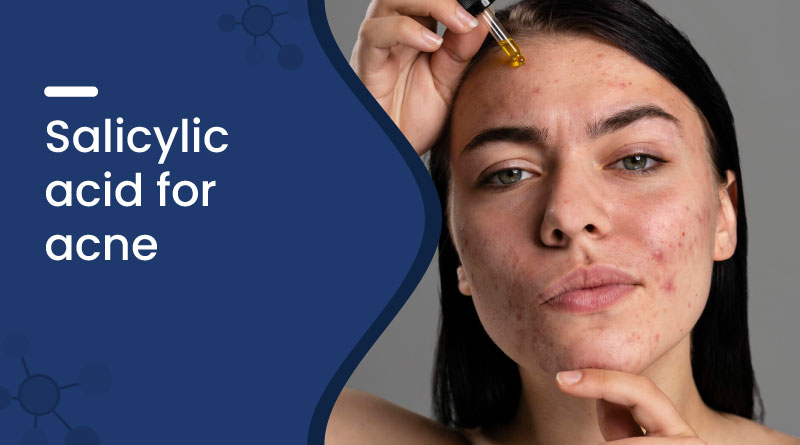

Salicylic acid is one of the most trusted ingredients in over-the-counter (OTC) acne products. As a beta hydroxy acid (BHA), it’s known for its ability to unclog pores, remove dead skin, and reduce oil buildup, making it especially effective for mild to moderate acne, particularly blackheads and whiteheads.
From cleansers to creams, salicylic acid is a go-to solution for those struggling with comedonal acne. In this guide, we’ll break down how it works, how to use it safely, possible side effects, and products available in India that contain salicylic acid.
What Does Salicylic Acid Do for Acne?
Salicylic acid is unique because it is oil-soluble, allowing it to go deep into oily pores. Here's how it helps your skin:
- Exfoliates the skin by removing dead skin cells
- Unclogs pores that are filled with oil and debris
- Reduces inflammation, which helps calm acne-prone skin
- Prevents new breakouts by keeping pores clean
These actions make it ideal for treating non-inflammatory acne, like:
- Blackheads (open comedones)
- Whiteheads (closed comedones)
However, results don’t happen overnight. It can take up to 6 weeks of consistent use before noticeable improvements appear. If there’s no improvement by then, it’s best to visit a dermatologist.
How to Use Salicylic Acid Safely
Recommended Forms & Dosages
Salicylic acid comes in various strengths and formulations. The concentration you choose depends on your skin sensitivity and the product type. Below is a breakdown of common forms:
| Form | Strength Range | Suggested Usage |
|---|---|---|
| Gel | 2–7% | Once daily |
| Lotion | 2% | 1–3 times per day |
| Ointment | 3% | As needed |
| Pads | 0.5–2% | 1–3 times per day |
| Soap | 0.5–3% | As needed |
| Solution | 0.5–2% | 1–3 times per day |
Pro Tip: Always do a patch test before full use. Apply a small amount to your skin for 2–3 days to see how your skin reacts.
In stronger concentrations (above 10%), salicylic acid may be used by dermatologists as part of chemical peels for treating acne scars, pigmentation issues, and other skin conditions. These require professional supervision.
Common Side Effects
While salicylic acid is generally safe for most skin types, it may cause some irritation, especially when starting out. Side effects to look out for include:
- Dry or flaky skin
- Slight tingling or burning
- Redness
- Mild itching
- Hives or rashes
If symptoms worsen or persist, stop using the product and consult a healthcare provider. Some people may be more sensitive to salicylic acid and require alternative acne treatments.
Precautions Before Using Salicylic Acid
Even though salicylic acid is available without a prescription, it should be used carefully, especially if you have certain health conditions or are on medication.
Be cautious if you:
- Are allergic to aspirin or other topical acids
- Have kidney or liver disease
- Suffer from blood vessel disorders or diabetes
- Are recovering from chickenpox or the flu
- Are taking other skin medications or systemic drugs
Also, children and teens should only use salicylic acid under medical supervision, as their skin may be more prone to irritation.
Salicylic Acid Toxicity: Is It Dangerous?
Topical salicylic acid is typically safe in small amounts. However, overuse or misuse can lead to salicylate toxicity—a rare but serious condition.
Avoid:
- Applying to large skin areas
- Using it daily for extended periods
- Covering it with plastic wraps or bandages, which trap heat and increase absorption
Seek emergency help if you notice:
- Fatigue or confusion
- Ringing in the ears (tinnitus)
- Hearing problems
- Dizziness or rapid breathing
- Nausea, vomiting, or diarrhea
These are signs of salicylate buildup and require immediate attention.
Pregnancy and Breastfeeding: Is It Safe?
According to expert guidelines, including those from the American College of Obstetricians and Gynecologists (ACOG):
- Topical salicylic acid is generally safe during pregnancy when used in low amounts and limited areas.
- While breastfeeding, avoid applying it on or near the chest area where the baby might have skin contact.
That said, it’s always best to speak to your doctor before using any medicated skincare products during pregnancy or lactation.
Zeelab Salicylic Acid Products Available in India
Many Indian brands are offering salicylic acid-based formulations for different skin types and severity levels. Some popular choices include:
| Product Name | Key Ingredients |
|---|---|
| Clearwin Soap | Salicylic Acid, Sulphur, Vitamin E |
| Bio Beauty Face Wash | Salicylic Acid 1% |
| Aczee Beta Face Wash | Salicylic Acid 2%, Aloe Vera 2% |
| Mometazone SL Cream | Mometasone 0.1%, Salicylic Acid 3% |
| Haloblix SL Cream | Halobetasol 0.05%, Salicylic Acid 3% |
| Clearbet MF Ointment | Clobetasol, Salicylic Acid, Urea, Lactic Acid |
Before using any of these, especially those with steroids (like clobetasol or halobetasol), talk to a dermatologist or pharmacist, especially if you’re also using retinoids, benzoyl peroxide, or other acne treatments.
Conclusion
Salicylic acid is a well-researched and reliable ingredient for treating mild acne. Its ability to exfoliate dead skin, reduce oiliness, and keep pores clear makes it ideal for blackheads and whiteheads.
However, successful treatment requires consistency, proper usage, and awareness of possible side effects. Always read product labels, do a patch test, and monitor your skin’s reaction. If symptoms worsen or acne persists, consult a dermatologist for tailored advice.
Used properly, salicylic acid can be a game-changer in your skincare routine.
Frequently Asked Questions (FAQs)
Q: Can salicylic acid treat all types of acne?
A: No. It is most effective for blackheads and whiteheads. Cystic and nodular acne require stronger, often prescription treatments.
Q: How long before I see results?
A: You may begin to see results in 2–6 weeks with consistent use.
Q: Can I combine salicylic acid with other acne products?
A: Yes, but avoid mixing it with strong actives like retinoids or benzoyl peroxide unless advised by a doctor.
Q: Is it safe for daily use?
A: Yes, depending on the concentration. Start slowly and increase frequency if your skin tolerates it.
Q: Is it safe during pregnancy or breastfeeding?
A: Yes, in limited amounts. Avoid applying to large areas or near breastfeeding zones, and always consult your doctor.

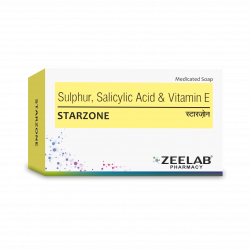
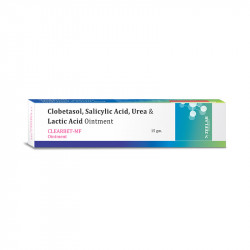
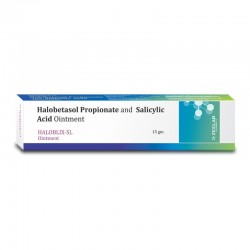
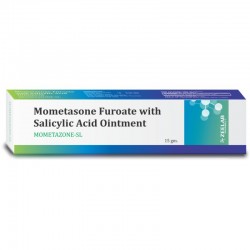
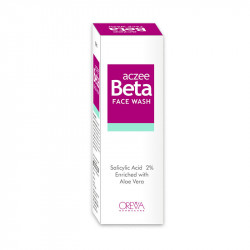
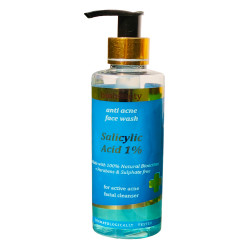
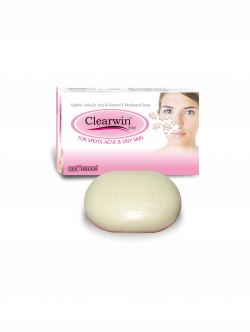



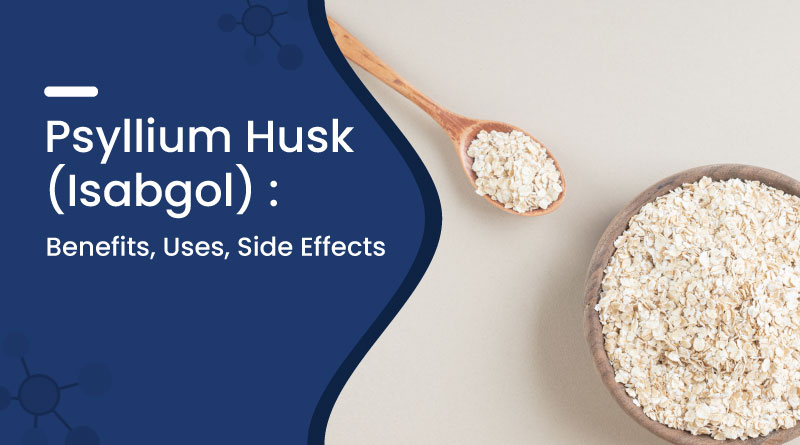
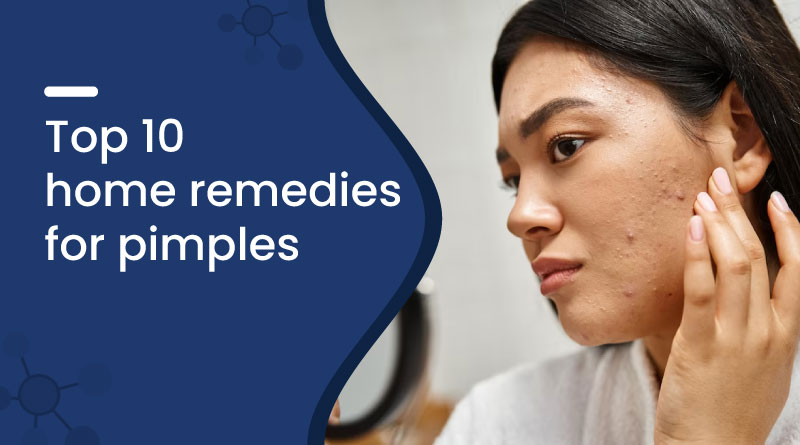


 Added!
Added!